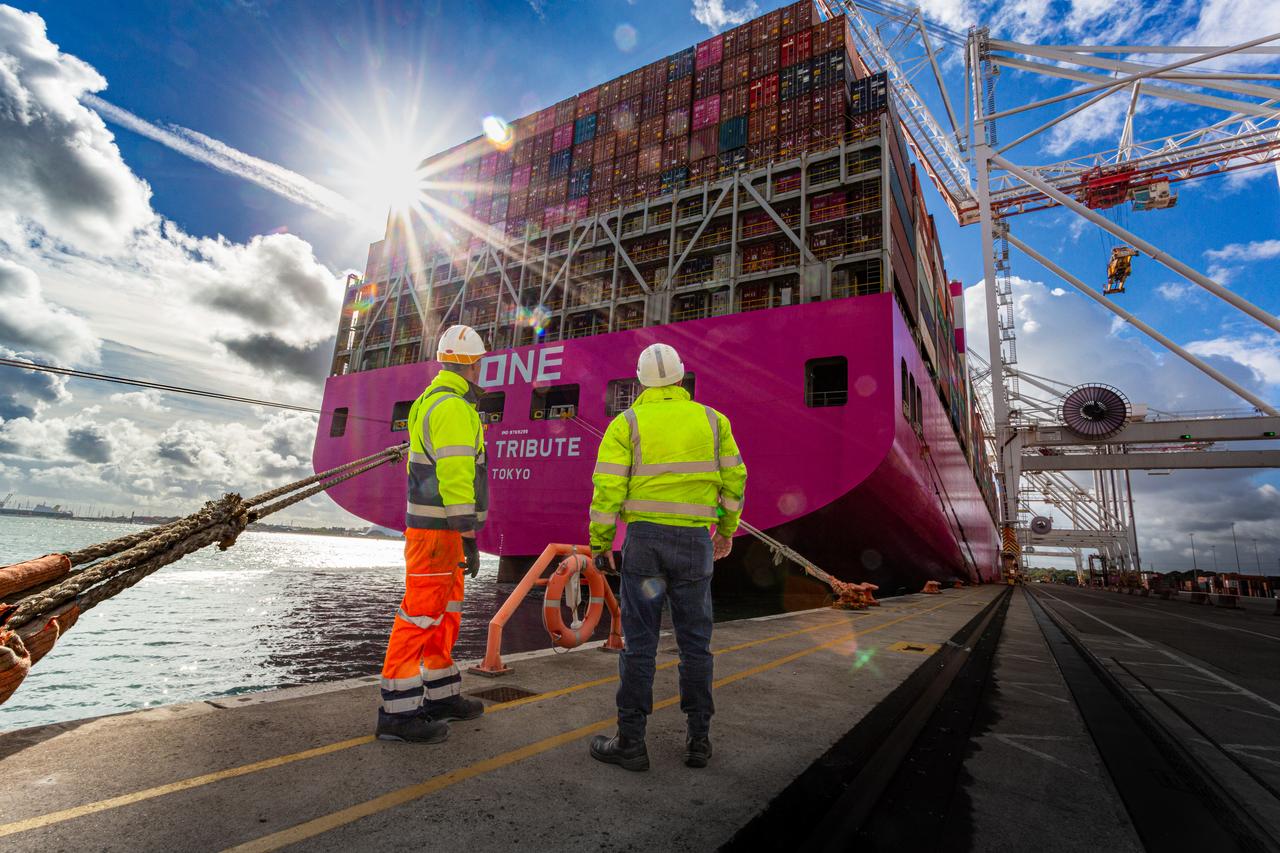Lifting Productivity in Workforce Management with Optimised Schedules
Date: 06/10/2023
Discover the power of optimised schedules in ports and terminals operations. Boost efficiency, streamline processes and predict future workforce management trends.
Ever wondered how the world's busiest ports keep things moving so smoothly? The answer is as powerful as it is practical: optimised schedules. This is not just about keeping track of time, but maximising efficiency and productivity in every corner of operations.
Managing a busy port is like organising a giant, complicated puzzle where numerous pieces, including massive ships, towering cranes, and busy workers, must fit together perfectly; the people and equipment on the ground need to be in the right place at the right time.
It's a complex task that requires smart planning; equipment use, strategically utilising multi-skilled workers, overcoming availability and demand challenges. Yet, with the help of the right workforce management software, these hurdles become stepping stones towards progress.

The Power of Workforce Management Software in Ports and Terminals
Workforce management software plays a pivotal role in optimising schedules at ports and terminals. By accurately predicting workforce demand, these solutions support operators make smart decisions on resource allocation.
This is not just about filling shifts; it's about using intelligent systems to maximise efficiency, lift productivity and increase employee satisfaction. Achieving optimal productivity often feels like solving a Rubik’s cube. But consider workforce management software as a digital shortcut. It helps balance operational needs with employee skill sets and health & safety requirements.
Studies show these solutions can lead to significant improvements in job satisfaction rates, reducing turnover while increasing productivity levels – all adding up to more efficient port operations.
When it comes to smart equipment deployment, technology is the real game-changer. Advanced systems can help in reducing downtime and boosting efficiency.
For example, consider how data-driven decision making can be used to inform the deployment of smart equipment. By leveraging big data analytics, ports can make more informed decisions about when and where to deploy their equipment.
An illustration of this in action is seen currently. A great case in point is Rotterdam Port’s use of digital twin technology. The Port of Rotterdam's 'digital twin' enables accurate simulation of port operations, leading to better resource allocation.
Digital Twin Technology: Maximising Efficiency
A ‘digital twin’ refers to a virtual model that replicates a physical system or process accurately. It helps predict potential issues before they occur which means less unexpected downtime - something every port manager dreams about.
Data-Driven Decision Making: Enhancing Productivity
In addition to preventing unforeseen problems, using advanced technology allows managers at terminals and ports like Rotterdam to allocate resources optimally – think people, machinery and even berths. By doing this, we can ensure that our resources are being utilised to their fullest potential, as these solutions offer multiple integrations.
Strategic Multi-Skill Utilisation for Optimal Productivity
The port and terminal industry has seen a shift in its workforce management approach. One key strategy is multi-skilling, where employees are trained to perform multiple tasks. This not only enhances productivity but also allows more flexibility in schedules.
But implementing this strategy needs careful planning. It's like playing chess; each move must be strategic to gain an advantage over the opponent—in this case, inefficiency and downtime.To start, you need to identify which skills can overlap without compromising safety or efficiency standards. Once these skill sets have been identified, it’s crucial to ensure that staff receive adequate training across different roles according to recognised health and safety guidelines.
The result? A flexible team ready to adapt as needed—an important factor when optimising schedules within such a dynamic environment as ports and terminals.
Overcoming Challenges in Implementing Optimised Schedules
The task of implementing optimised schedules at ports and terminals is no easy feat. One common hurdle lies in the coordination of multiple stakeholders. Each has their own unique demands, making it difficult to develop a schedule that satisfies all.
Workforce management software can play a pivotal role here, helping to harmonise these different needs into an efficient timetable. It does this by taking on board each stakeholder's requirements and using intelligent algorithms to craft an optimal plan. This article provides more insight into overcoming scheduling challenges with technology.
Lack of multi-skilling amongst staff also presents another obstacle for optimised scheduling. Without versatile employees who can handle diverse tasks, creating flexible rosters is problematic.
Investing time and resources in training workforces across multiple skills, not only enhances employee value but also allows ports and terminals more flexibility when planning shifts.
Future Trends in Workforce Management for Ports and Terminals
The evolution of ports and terminals continues, with technology at the forefront. Advanced workforce management software is paving the way for a more efficient future.
Digital Transformation: A Driving Force
Increased digitalisation is key to optimising schedules. But it's not just about automation - machine learning algorithms can now predict workload patterns, and integrate with berth planning software allowing for smarter scheduling decisions.
Integration across Stakeholders
Smooth and efficient port operations hinge on well-planned schedules. It’s not just about keeping track of time, but boosting the productivity of every task and worker involved for maximum moves per shift.
Using workforce management software is crucial. This tool helps turn obstacles into opportunities for improvement and keeps things moving forward, providing critical data to plan strategically for the future.
Using technology wisely, especially when it comes to deploying equipment, is vital. It helps minimise pauses in work and increases overall efficiency for every shift. The ability to digitally schedule multi-skilled workers using smart workforce management solutions can drive productivity, growth and employee satisfaction to new levels. While implementing these strategies might appear challenging, chossing the right solution makes it achievable.
